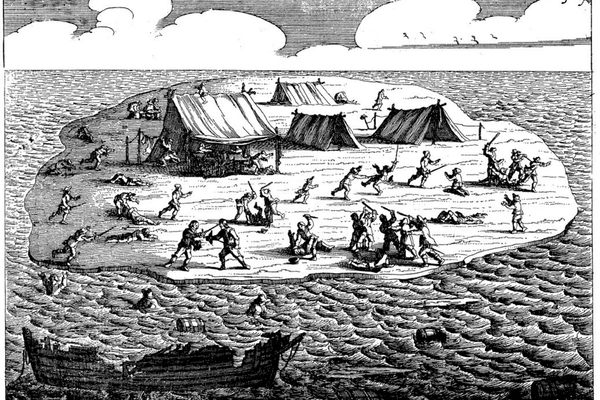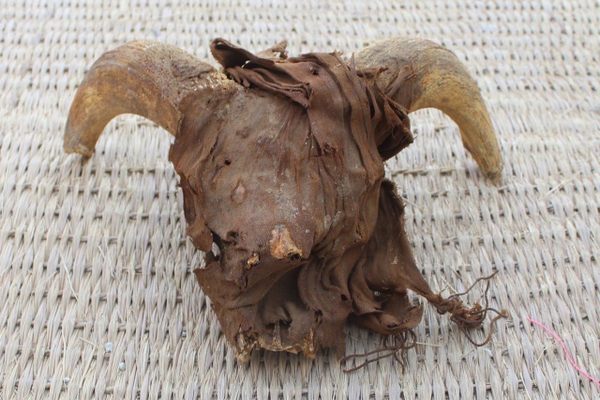Archaeologists Strike Gold at the Site of a Mysterious 5th-Century Massacre
New discoveries deepen the enigma of Sweden’s Sandby borg.

Barely four miles off the Swedish coast, in the indigo Baltic Sea, the rocky island of Öland was once witness to a gruesome mass murder. In 2010, archaeologists uncovered skeleton after skeleton there—bodies that had initially been left unburied. In some cases, the bones had been splintered by impacts. In others, sheep or goat teeth were crammed into their open mouths. But the case couldn’t be colder: Archaeologists estimate that this mysterious massacre at Sandby borg, one of the island’s 15 ancient forts, took place in the 5th century. The fort’s 15-foot-tall ramparts, which once protected 53 houses and their inhabitants, were no match for whichever assailants stormed the settlement. Now, a discovery of two gold rings and a coin at the site may hint at the motive behind what appears to have been a particularly bloody, personal attack.
Last week, The Local reported, archaeologists Clara Alfsdotter and Sophie Vallulv uncovered the gold items, which give credence to a theory that the island may have had significant ties to the Roman Empire. Nearby, at the site of a important house, the team had uncovered pieces of Roman glass. The coins roughly date to the time of the massacre. The face of the coin depicts Western Roman Emperor Valentinian III, who ruled between 425 and 455, with his foot crushing the head of a barbarian. Another coin found three years ago also commemorates the leader.
The rings, the archaeologists said, seem too small to have belonged to a man—but none of the many skeletons found so far are recognizably female, which raises new questions about the fort. “We now know a lot more about the house where they were found,” project leader Helena Victor told The Local. “It seems to have had a special purpose, and it may have been the house of a chieftain or a minor king.”
Perhaps, she said, the people living in the fort had too much gold and jewelry—suggesting that the attackers saw their wealth or influence as a threat of some sort. Curiously, however, the site was not looted. Since 2010, professional metal detectorists have uncovered silver brooches and bells, gold rings, and beads made of amber, glass, and cowrie shells. Even the murdered inhabitants’ valuable horses were tied up and left to starve. This grim Swedish murder mystery looks to remain unsolved.




















Follow us on Twitter to get the latest on the world's hidden wonders.
Like us on Facebook to get the latest on the world's hidden wonders.
Follow us on Twitter Like us on Facebook